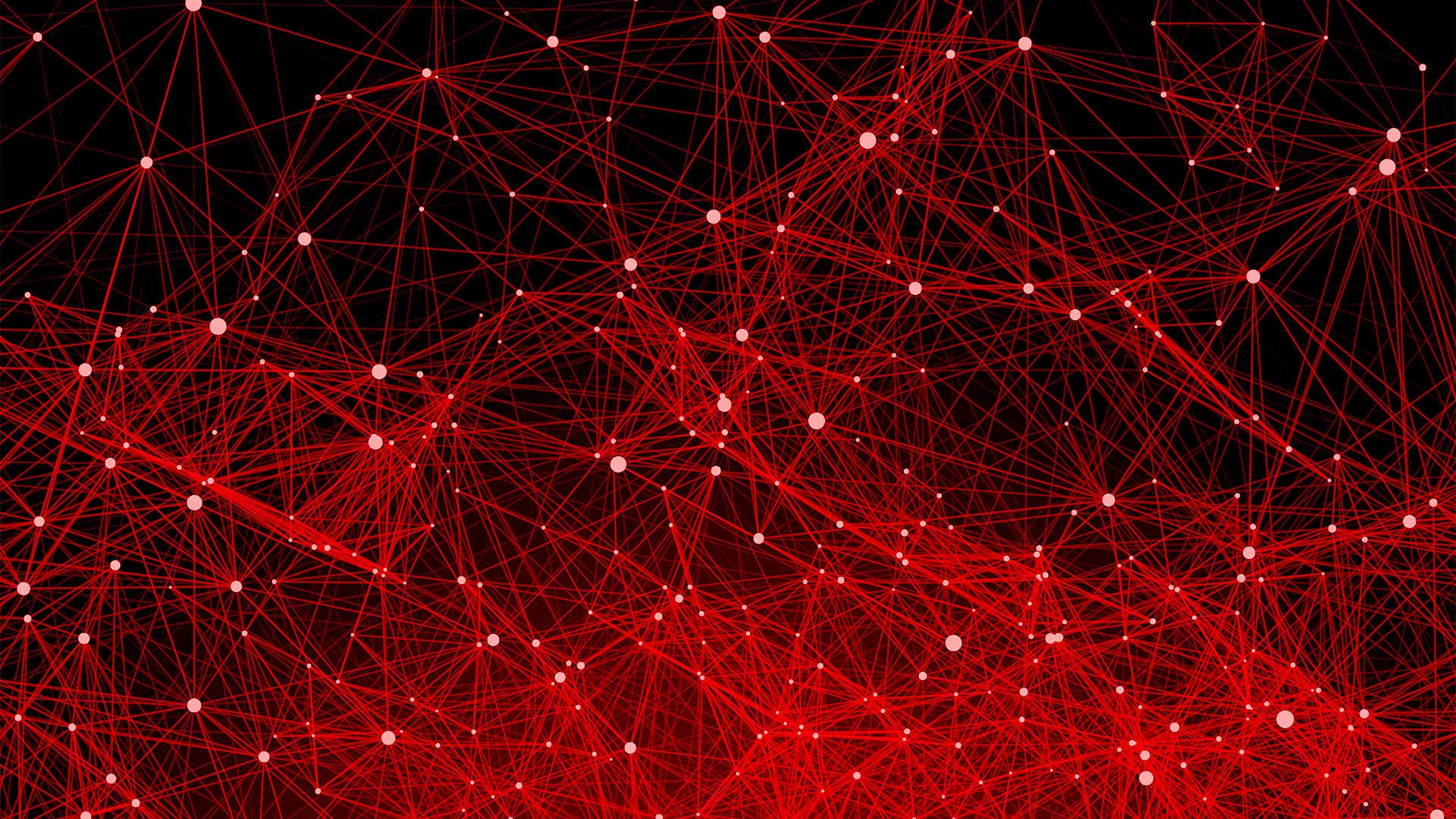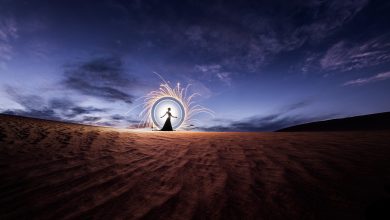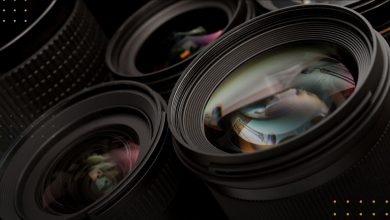TWiP 460 – Lytro’s Multi‐Dimensional 40K Cinema Camera
TWiP Episode 460 – Lytro’s Multi‐Dimensional 40K Cinema Camera
Since the introduction of its “light-field” technology, Lytro has been on the forefront of computational photography. That’s the science of using algorithms to do cool and amazing things with captured light.
This time they’re upping the ante…. WAAAY up. With the introduction of the Lytro Cinema, a camera that the company says uses data on all of the available light in a photo to separate objects by depth and store them in a three-dimensional grid. The company has also announced Lytro Immerge, a camera that also uses Lytro’s patented light-field technology to produce cinematic VR for immersive storytelling.
Also in the news this week, Facebook announced that they have finally opened up the API for Facebook Live. Meaning developers can now tap into the service and create apps that stream directly to Facebook. And one of the first companies to integrate was DJI, the leader in the drone industry. DJI demonstrated the first Facebook Live stream from a flying drone!
Before we get started, we also wanted to let you know that Frederick is excited to be speaking at the Out of Chicago conference June 24-26. For a limited time, they’re knocking $100 off the registration price if you use the code “twipchicago” when you sign up. Just head over to TWiP.Pro/OOC to see all the details. See you in the windy city!
Links Mentioned in This Episode
- Will Lytro’s 755mp cinema light field camera kill the green screen?
- DJI makes a live-streaming Drone with Facebook’s new API
- Is Flickr up for sale?
- Live Training… Lightroom for Aperture Users
- GX85 “New Orleans” video
Picks of the Week
- Joseph: iOS app Preset
- Chris: MagMod
- Frederick: Amazon Tap
TWiP 460 is brought to you by:
Freshbooks
Freshbooks – the simple cloud accounting solution that’s helping thousands of new entrepreneurs and small business owners save time billing, and get paid faster. Sign up for free today at FreshBooks.com and join over 5 million users running their business with ease.
Out of Chicago
Frederick is excited to be speaking at the Out of Chicago conference June 24-26. For a limited time, they’re knocking $100 off the registration price if you use the code “twipchicago” when you sign up. Just head over to TWiP.Pro/OOC to see all the details. See you in the windy city!
Connect with Our Hosts & Guests
- Joseph Linaschke: Website, Twitter, Google+
- Chris Berry: Instagram, Twitter, Facebook
- Frederick Van Johnson: Website, Twitter, Google+, Instagram, Pinterest
Credits
- Pre-production by: Bruce Clarke
- Post production by: Suzanne Llewellyn & Vince Bauer
- Bandwidth provided by: Cachefly









Couple of science/engineering comments important for the very science/engineering show topics.
First on Lytro (and if you look for my ancient posts on this issue, you’ll find my predictions of exactly this): Indeed, this is the first true application of underlying technology of the Lytro. First camera and its capabilities, exactly as FVJ said was just minimal technology demonstration for raising some money and awareness. Now, what is coming: Lytro capture technology pairs hand-in-glove with so called “wavefront 3d display” technology (shown few times in equally early stages of development on recent CES shows). No need for “processing”. Raw data captured by Lytro can be sent directly to such displays and result is the hologram-like 3d without any need for aids or dependence on angles or whatever. Holodeck capable, indeed.
Now to the scientific misunderstanding stated by the JL in full belief: Science, Physics and Math are explicit in the result that removal of the anti-aliasing filter from any sensor that is based on a Bayer pattern (essentially all current sensors but for the Foveon) must and will lead to the DEGRADATION of image quality. The only exception is capture in Black&White (which by definition eliminates Bayer pattern concern). No art, belief, impression,… count. Also, Moire pattern is just a macroscopic effect most notable in such situation. The best analogue from old tech, for old hands is anti-glare coating on the lens. Some “perfectionist” may say that he does not want his lens quality optics sharpness to be degraded by this “additional layer”. Yet, not only that he will get occasional glare pattern (equivalent of Moires) but I hope that every old hand photographer knows – this lack of coating will result in a muddier image even when there is no visible macroscopic glare pattern.
Manufacturer is kind of “coy” in their ad too, “particularly sharper when applied on B&W images”, they say. Not “particularly”. ONLY if you work in B&W alone Physics&Math say that you’ll indeed get a sharper image. Ok, enough venting and educating. If you survived this far, simplified reason “why” follows:
Bayer pattern sensor captures only one out of three colors per pixel. Math is used to deliver MISSING 2/3 of the information. Part of that Mathematical process is “leakage” of information from neighboring pixels. That is provided with anti-aliasing filter. You remove anti-aliasing filter, you remove needed information and the Math is let with LESS to divine 2/3 of the information. Divination is fine in Harry Potter, not in the technology. The result is inevitably and Mathematically provable POORER.
Yes, there is that Placebo Effect too…
What a fantastic comment @dusanmal:disqus – thank you for taking the time to post!
Love this stuff. I always learn a ton of new stuff in the world of photography and gadgetry from TWIP even if the topic headline doesn’t seem to be something for me. Just goes to show you gotta listen. Great show as always! Thanks.